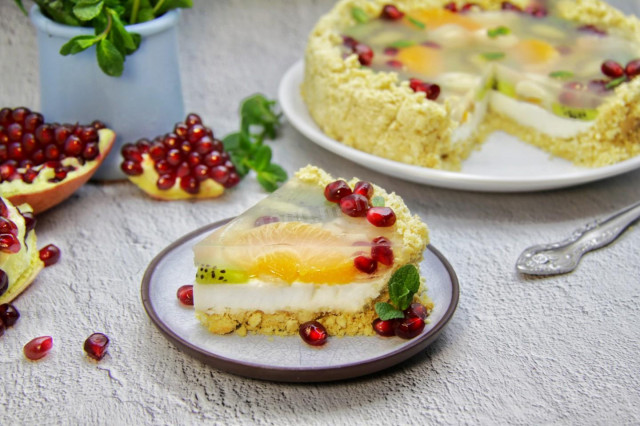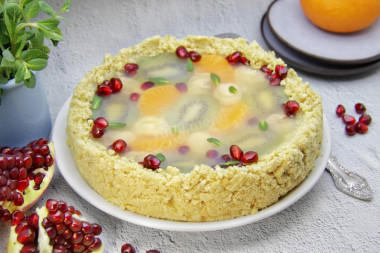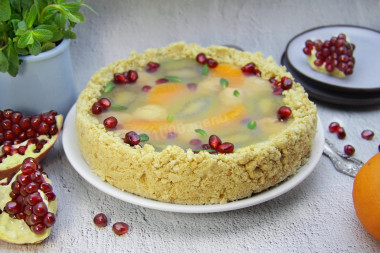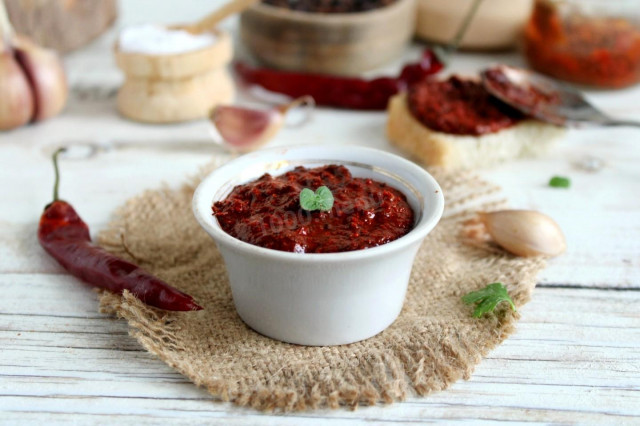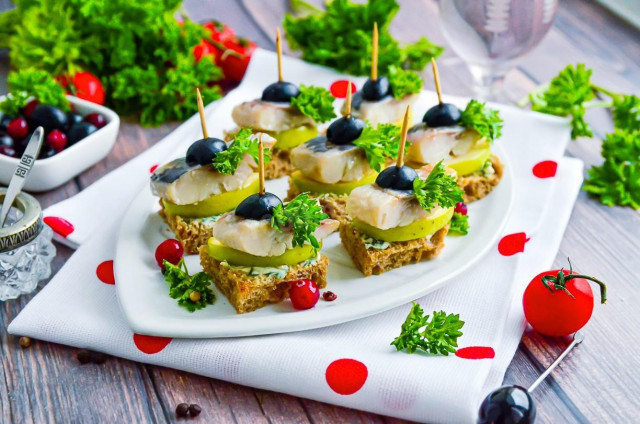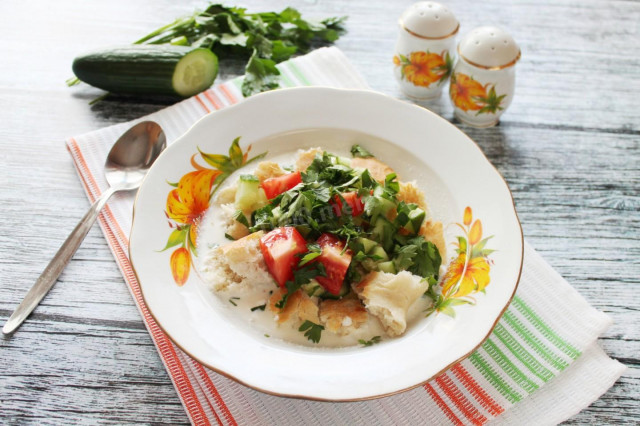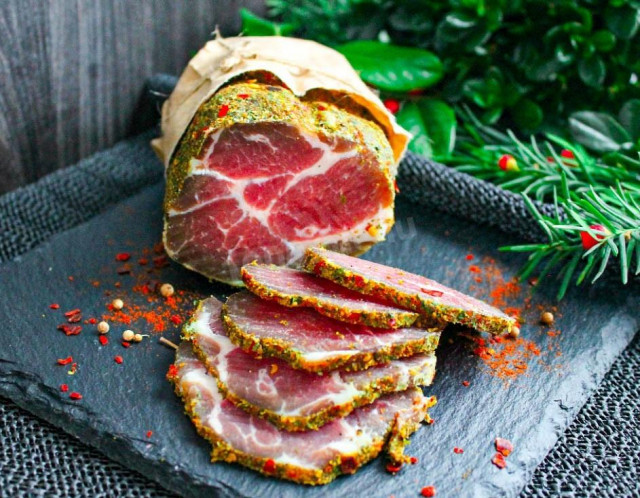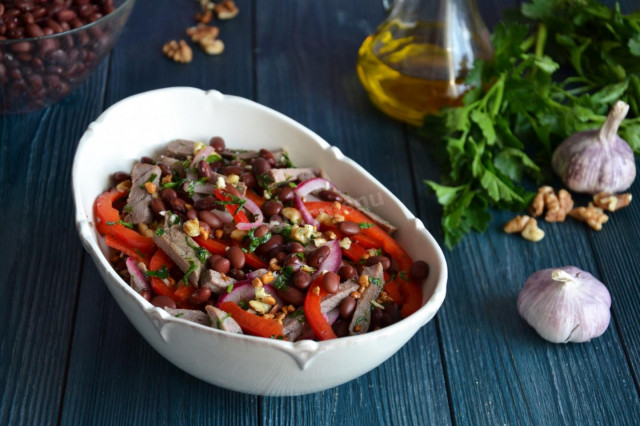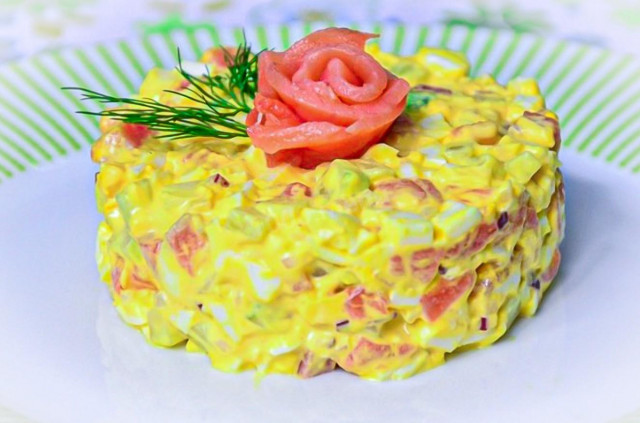Composition / ingredients
Step-by-step cooking
Step 1:

Melt butter in any convenient way. I heated it in a small ladle.
Step 2:
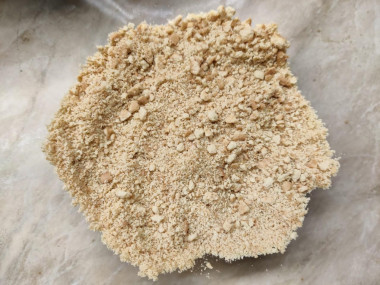
Put the cookies in a tight plastic bag and mash them into crumbs with a rolling pin.
Step 3:
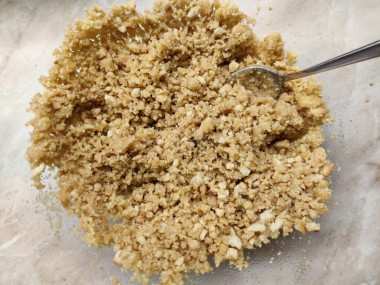
Mix the liquid butter with the cookies.
Step 4:
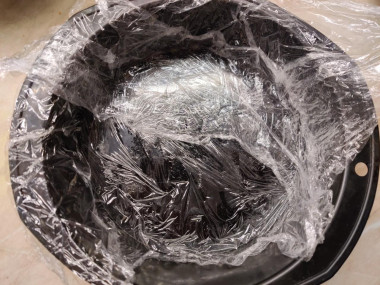
Line the mold with cling film so that its edges hang freely. Do not spare the film, use several layers. This is necessary for convenient extraction of the cake from the mold in the future. I have a form of eighteen centimeters in inner diameter.
Step 5:
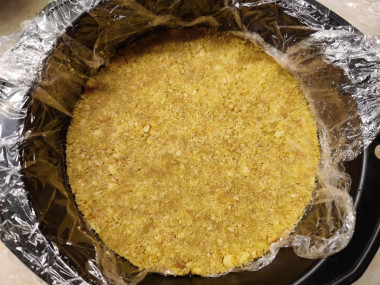
Form a cake by evenly distributing the cookie mixture with butter first along the bottom, and then forming sides about three centimeters high around the perimeter. Cover the cake form with cling film and leave it in the refrigerator for half an hour until the oil solidifies.
Step 6:

Gelatin for the creamy layer pour cold water and leave until swelling.
Step 7:
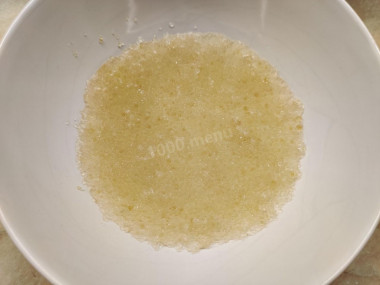
After about forty minutes, the gelatin will be ready for further work.
Step 8:
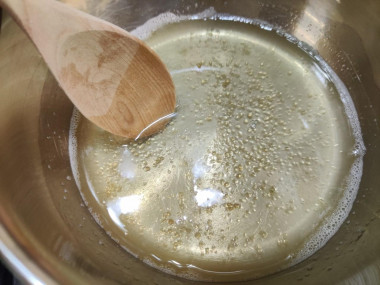
Put the gelatin mass into a saucepan and, stirring constantly, bring it to uniformity. You can't boil gelatin! To get the perfect result, follow the instructions on the packaging of your gelatin.
Step 9:
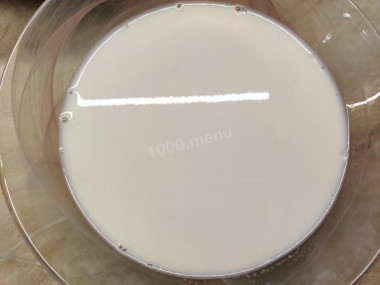
Give the gelatin time to cool down a little. Add sugar and gelatin to the cream. Mix and pour into the mold directly on the cookie cake. Leave in the refrigerator for about half an hour so that the creamy layer seizes. At the same time, pour cold water over the gelatin for the fruit layer, and leave it until it swells.
Step 10:
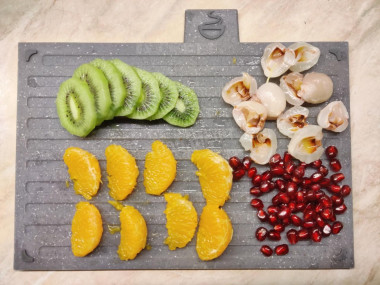
Prepare fruits. Wash and peel them from the peel, seeds and seeds. You can take absolutely any fruit. This time I had kiwi, lychee, tangerine and pomegranate seeds.
Step 11:
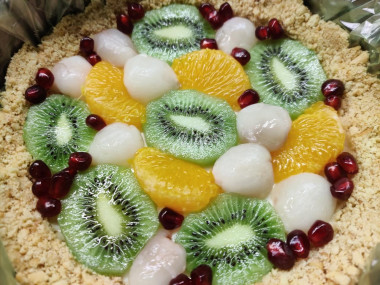
Put the fruit carefully on the cake on top of the cream layer. Bring the gelatin to homogeneity over the fire in a saucepan. Cool slightly.
Step 12:
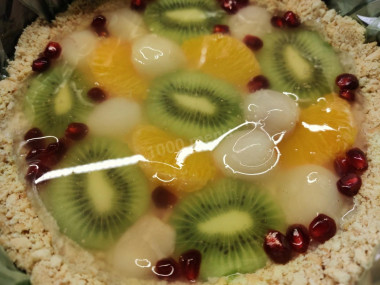
Mix gelatin with orange juice. I didn't add sugar here, but you can sweeten the layer with a tablespoon of granulated sugar. Pour the resulting mixture over the fruit layer. And put the cake in the refrigerator until the jelly stabilizes. It took me about another half hour. Before serving, remove the cake from the mold by gently pulling it up by the edges of the film. And decorate with pomegranate seeds and fresh mint.
Carefully monitor the proportions of gelatin and water/cream/juice! Strictly follow the instructions on the packaging of your gelatin. An error in calculations can lead to the fact that the jelly does not stabilize, the layer will not remain sufficiently frozen and will be irretrievably spoiled.
I know that many people do not like to use gelatin in desserts because of its specific smell when heated. In this case, gelatin can be easily replaced with agar-agar (a gelling component of plant origin) in an appropriate proportion.
Bon appetit!
Caloric content of the products possible in the composition of the dish
- Buttermilk - 36 kcal/100g
- Cream of 20 % fat content - 300 kcal/100g
- Cream of 10% fat content - 120 kcal/100g
- Cream - 300 kcal/100g
- Garnet - 52 kcal/100g
- Mint fresh - 49 kcal/100g
- Dried mint - 285 kcal/100g
- Mint - 49 kcal/100g
- Granulated sugar - 398 kcal/100g
- Sugar - 398 kcal/100g
- Butter 82% - 734 kcal/100g
- Amateur unsalted butter - 709 kcal/100g
- Unsalted peasant butter - 661 kcal/100g
- Peasant salted butter - 652 kcal/100g
- Melted butter - 869 kcal/100g
- Gelatin - 355 kcal/100g
- Water - 0 kcal/100g
- Orange juice - 36 kcal/100g
- Shortbread cookies - 716 kcal/100g

